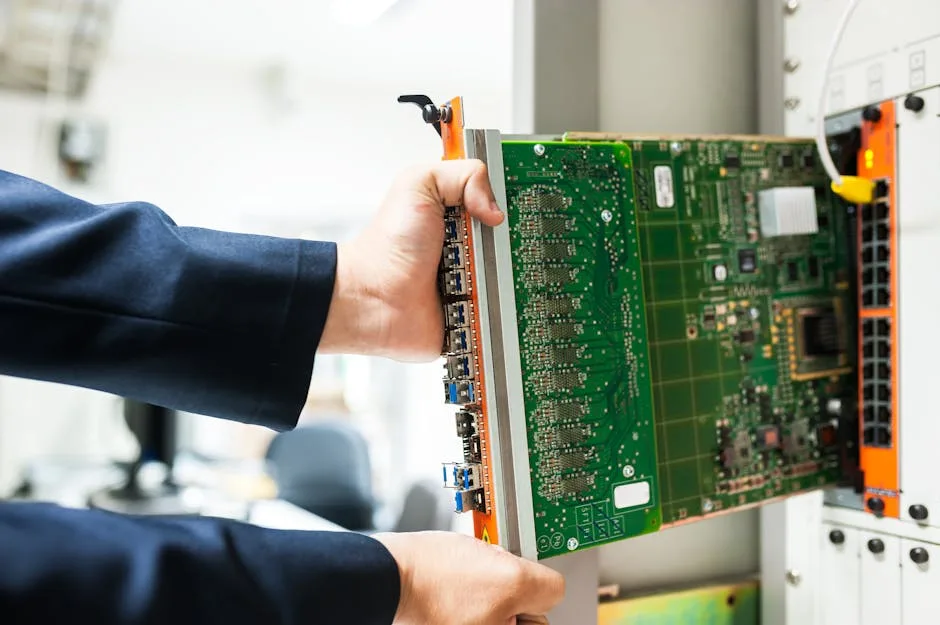
After 34 years of operation, AOL has announced it will discontinue its dial-up internet service on September 30, 20251. The service, once a gateway to the internet for millions, now serves only a fraction of users, primarily in rural areas or older demographics who may not have transitioned to broadband2. While this move reflects technological progress, it also raises questions about legacy infrastructure, digital inclusion, and the security challenges of maintaining obsolete systems.
Technical and Historical Context
AOL’s dial-up service peaked in 1995 with 10 million users but dwindled to “low thousands” by 20213. The service’s maximum speed of 56 kbps is impractical for modern web use, though some users relied on it for email or in regions lacking broadband alternatives4. The shutdown also affects AOL Dialer software and the AOL Shield browser, which were optimized for older operating systems. Notably, the service’s latency issues—such as ~130ms pings for UK users due to traffic routing through Virginia—made it unsuitable for real-time applications5.
Security Considerations for Legacy Systems
Dial-up networks, while outdated, presented unique security challenges. Their analog nature made them less susceptible to remote attacks compared to broadband, but they were vulnerable to physical line tapping and war-dialing attacks in their heyday. Modern security teams should note that legacy systems like these often lack patches or support, creating risks when they interact with contemporary infrastructure. For example, AOL’s proprietary OSCAR protocol used in AIM was historically reverse-engineered by third-party clients, demonstrating how outdated protocols can become attack vectors6.
Impact on Rural and Legacy Users
The shutdown disproportionately affects rural users who may lack alternatives. Satellite internet, while available, is often cost-prohibitive7. This highlights a broader issue: as technology advances, organizations must balance progress with accessibility. From a security perspective, forced migrations to newer systems can introduce risks if users lack technical support or fall victim to scams offering “AOL replacement” services.
Lessons from AOL’s Business Evolution
AOL’s failed merger with Time Warner in 2000 serves as a cautionary tale about technological transitions8. After Verizon’s acquisition in 2015, AOL shifted focus to ad tech, demonstrating how companies must adapt or risk obsolescence9. For security professionals, this underscores the importance of sunsetting legacy systems securely—ensuring data migration, access revocation, and monitoring for post-shutdown abuse.
Conclusion
AOL’s dial-up shutdown marks the end of a foundational internet era. While primarily a business decision, it offers insights into managing legacy system retirements securely. Organizations should document protocols, assist affected users, and monitor for opportunistic threats during transitions. As one user noted on Hacker News, “Eternal September is finally over”—but its lessons remain relevant10.
References
- “Dial-Up Internet to Be Discontinued,” AOL Help, 2025.
- “AOL to Discontinue Dial-Up Internet Service,” The New York Times, Aug. 11, 2025.
- “AOL Dial-Up Internet Service to Be Discontinued,” USA Today, Aug. 10, 2025.
- Hacker News discussion on dial-up usability, Aug. 2025.
- Hacker News comment on latency issues, Aug. 2025.
- Hacker News thread on AIM protocols, Aug. 2025.
- “AOL Announces It’s Ending Its Dial-Up Internet Service,” OSNews, 2025.
- “15 Years Later: Lessons From the Failed AOL-Time Warner Merger,” Fortune, Jan. 10, 2015.
- “Verizon May Sell AOL and Yahoo Remnants,” CNBC, May 1, 2021.
- Hacker News thread referencing “Eternal September,” Aug. 2025.





